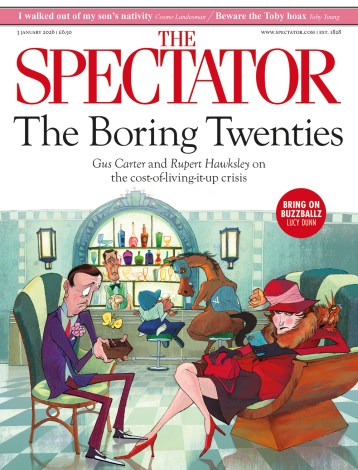The fertile chaos of Albert Camus’s mind
To read Albert Camus’s Notebooks – comprehensive, newly translated and expertly annotated by Ryan Bloom – is to enter the engine room of the writer’s mind and to glimpse its complex workings and components stripped back to their essentials. They comprise an intellectual and spiritual autobiography, not an account of his life. But of course



















